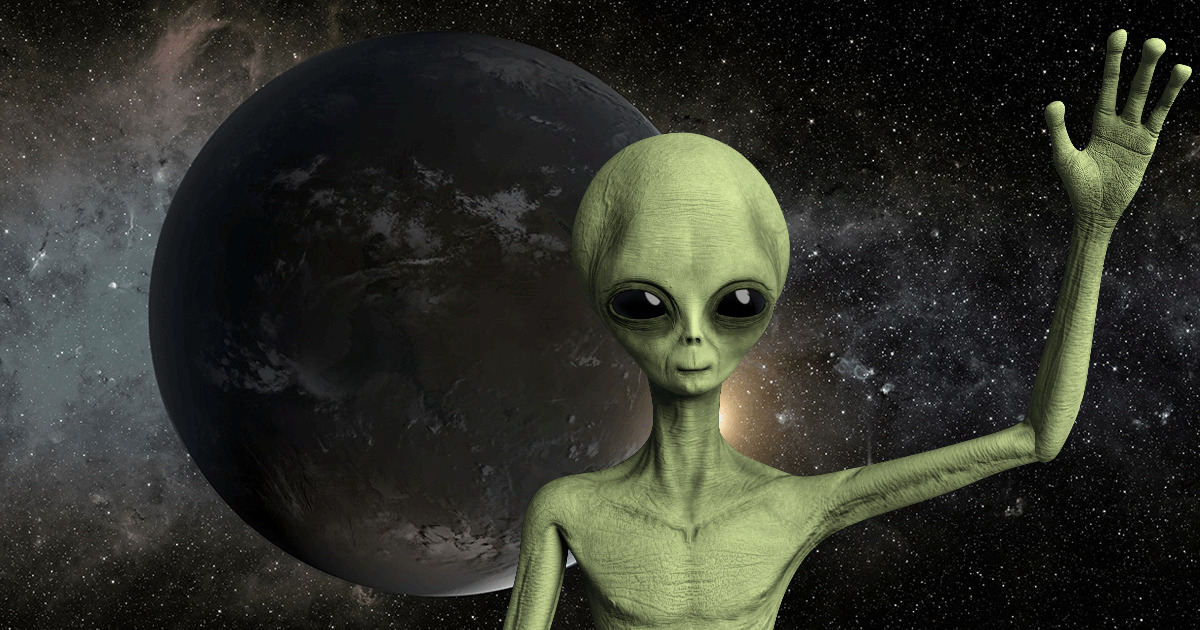A rare, green comet not seen in the night sky since the time of the Neanderthals has reached its closest point to Earth.
The comet C/2022 E3 can now be seen with the naked eye, providing the conditions above remain clear.
Identified last year, the comet last blazed overhead 50,000 years ago and astronomers say it’ll never be seen above Earth again.
The comet, with its distinctive green coma (the cloud of gas surrounding the icy rock core), passed around the sun in early January and is now on its way back out to space.
It’s currently within 26 million miles of the Earth – equivalent to more than 109 times the average distance between us and the moon.
While you’ll be able to see it on a clear night without any specialist equipment, you’ll get a much better view if you can secure a telescope or binoculars. If you look carefully, you should be able to make out its yellowish tail.
How to locate the green comet
If you’re not sure which constellation that is, or you need a helping hand, you can download a smartphone app that’ll should be able to show you where to see it.
The SkyPortal app works for both iPhone and Android devices and should guide you exactly to the right spot.
Once you’ve downloaded the app, go to the Search option and select Brightest Comets. You should find C/2022 E3 (ZTF) and the app will display it on a star map.
When you hold your phone up to the sky, the map will move relative to your phone’s position so you can easily track down the comet.
Alternatively, if you don’t want to download an app you can use this finder chart for locating C/2022 E3 (ZTF) on your web browser. You can also use the Stellarium web-based star map to find it too.
And finally, if you really don’t want to head out and see the comet for yourself, you can watch it from the warmth and comfort of your own home. The Virtual Telescope Project is running a live stream of the comet’s progress right here.
How to see the green comet in the night sky
Using the tools mentioned above, you’ll want to look north for the constellation of Camelopardalis.
It will be below and to the left of the moon.
The comet will be around there and will move through the Auriga constellation and end up in Taurus by the middle of the month before dimming as it heads off into deep space.
Greenwich Royal Observatory says: ‘If you use a telescope or binoculars, with a current brightness magnitude of +7 the comet will be easily visible in the night sky from 12 January to after its closest approach to Earth.
‘In the week commencing 16 January, visibility of the comet will be best in the pre-dawn hours, whilst towards the end of the month and start of February it will also be visible from the evening onwards.
‘If you want to avoid the bright light of the moon reducing chances of seeing the comet, check what time the moon will rise in your area and avoid attempting to observe at these times.’
Will we ever see it again?
Unfortunately, it appears this will be our one and only chance to spot the comet.
Following observations, astronomers were able to determine it the comet has an open – or parabolic – orbit. Therefore, once its sweep around the sun is complete it will disappear back into deep space and likely never return again.
MORE : ‘Neanderthal’ comet is now visible and will get brighter over next two weeks
MORE : How to spot the comet returning to the night sky in the new year














